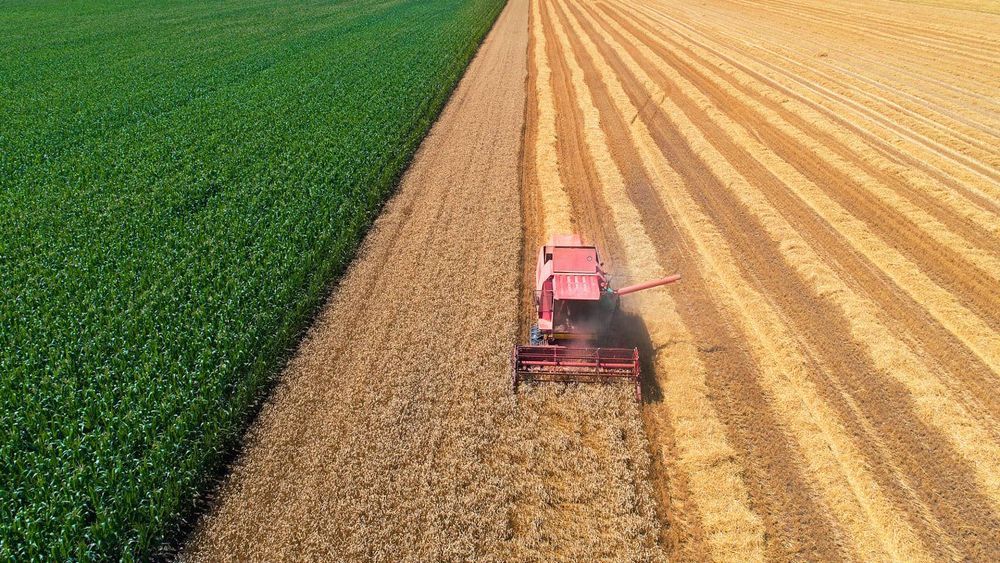Researchers have discovered a nutrient in certain fruits and vegetables they call a “geroprotector,” a new term for something that protects against the root causes of aging. And they believe this geroprotector does such […].


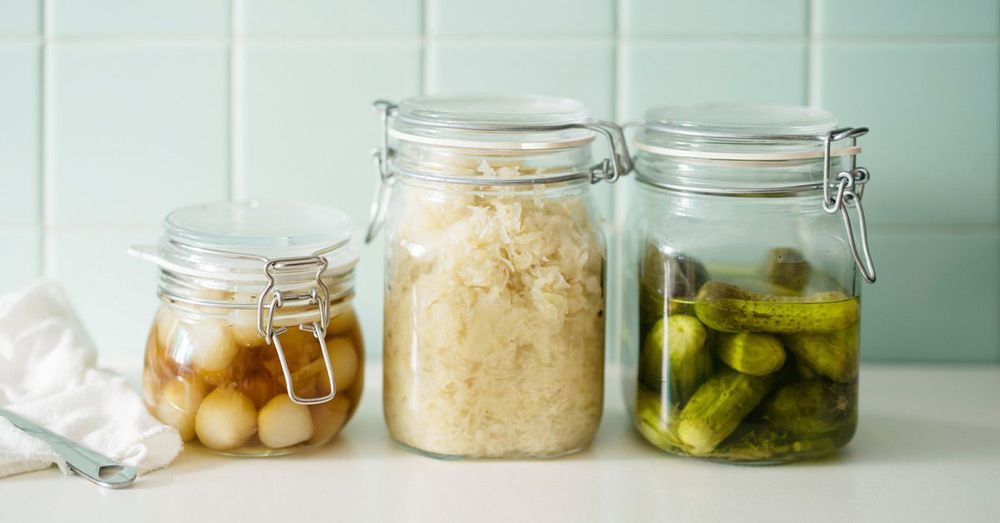
People with inflammatory bowel disease (IBD) are often confused about which foods may ease symptoms and which ones may make them worse. Based on medical research, there’s no single plan that definitively offers relief. But a recent study on a new diet called the IBD-AID diet has shown that it may help.
The diet focuses on correcting gut bacteria balance with probiotic and prebiotic foods.
Circa 2019 Event 201, hosted by the Johns Hopkins Center for Health Security, envisions a fast-spreading coronavirus with a devastating impact.
Back in 2001, it was a smallpox outbreak, set off by terrorists in U.S. shopping malls. This fall, it was a SARS-like virus, germinating quietly among pig farms in Brazil before spreading to every country in the world. With each fictional pandemic Johns Hopkins experts have designed, the takeaway lesson is the same: We are nowhere near prepared.
Event 201 simulation hosted by university’s Center for Health Security envisions a fast-spreading coronavirus with a devastating impact.

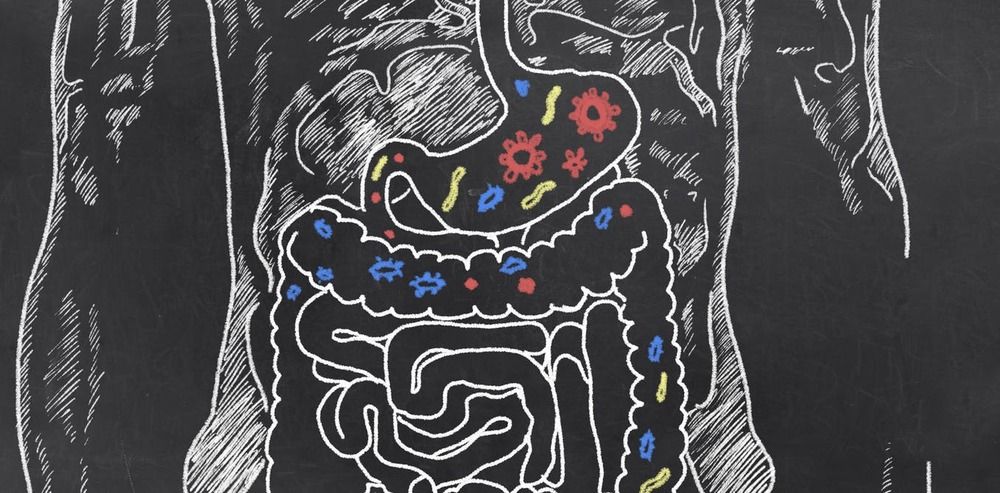
Probiotics are live microorganisms, usually bacteria, that can be consumed to offer health benefits.
The ability of certain microbes to confer health benefits on their host was recognized more than 100 years ago. In 1904, Elie Metchnikoff, a scientist at the Pasteur Institute, claimed that Bulgarian peasants lived longer by eating yogurt made from bacteria that served to ferment the milk. Parisians rushed out to buy yogurt in response.
However, the huge variety of bacteria living on the planet was not appreciated back then. More recently, the development of technology that identifies organisms from their DNA has allowed scientists to show that plants, animals, insects and humans can be hosts for many different types of microorganisms.

Fast forward 10 years and Li’s life has completely changed. No longer in finance, he communicates via WeChat and uses apps on his iPhone XS to order food, hail taxis, pay bills, and shop.
Most of the apps that permeate the daily life of Li and hundreds of millions of other Chinese had their beginnings at the start of the decade.
The 2010s will be remembered as the decade when smartphone apps became ubiquitous, spawning new Chinese tech giants whose platforms forever changed the way people live.
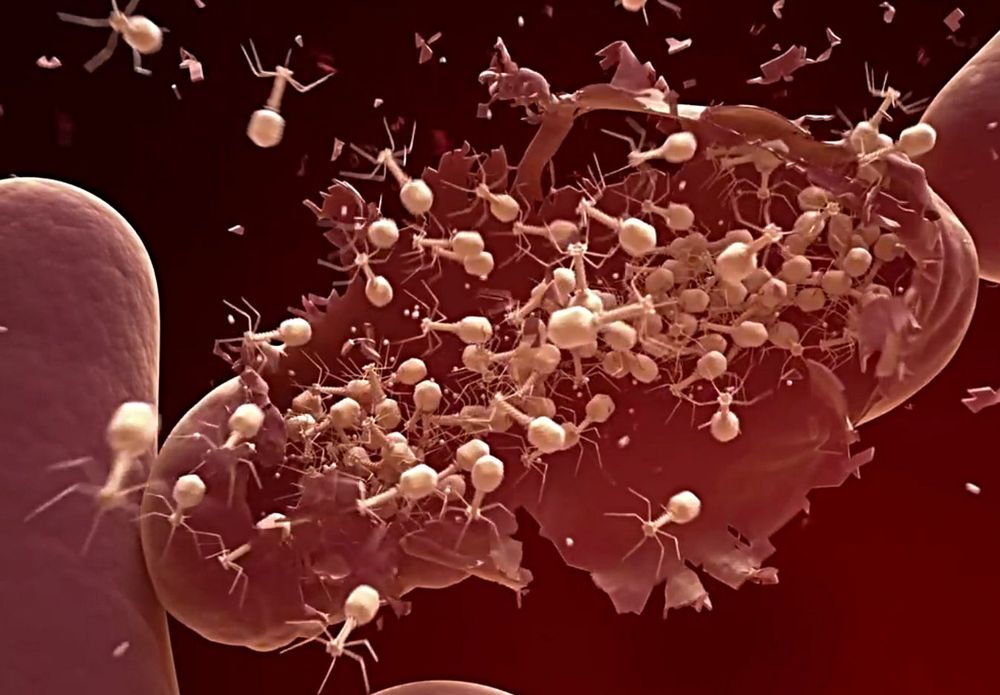
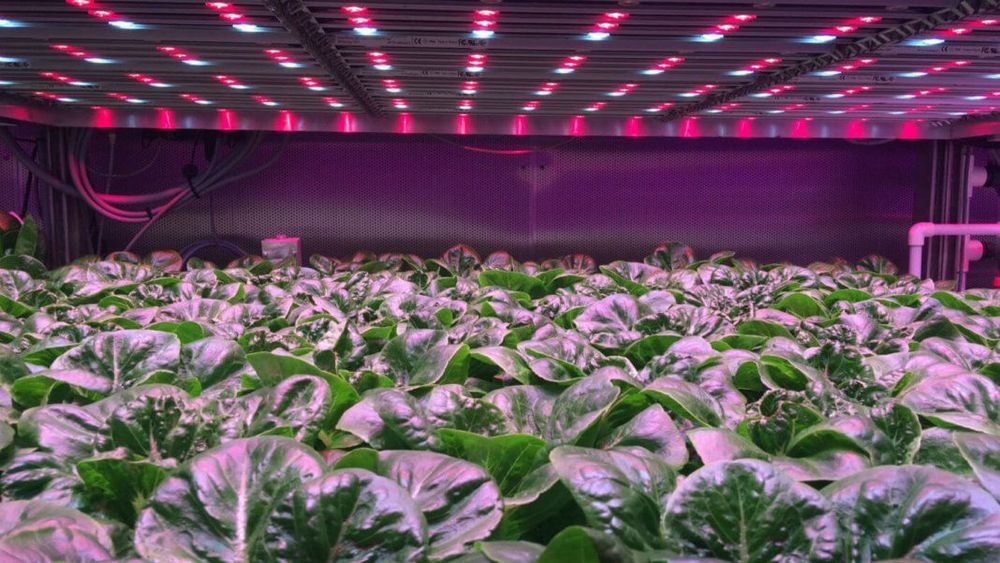
Within the next 10 years, what we eat and how it’s grown will be fundamentally transformed.
And converging exponential technologies—from materials science to AI-driven digital agriculture—are not slowing down. Today’s breakthroughs will soon allow our planet to boost its food production by nearly 70 percent, using a fraction of the real estate and resources, to feed 9 billion by mid-century.
What you consume, how it was grown, and how it will end up in your stomach will all ride the wave of converging exponentials, revolutionizing the most basic of human needs.
[Note: This article is an excerpt from my next book The Future Is Faster Than You Think, co-authored with Steven Kotler, to be released January 28th, 2020.]
Printing Food
